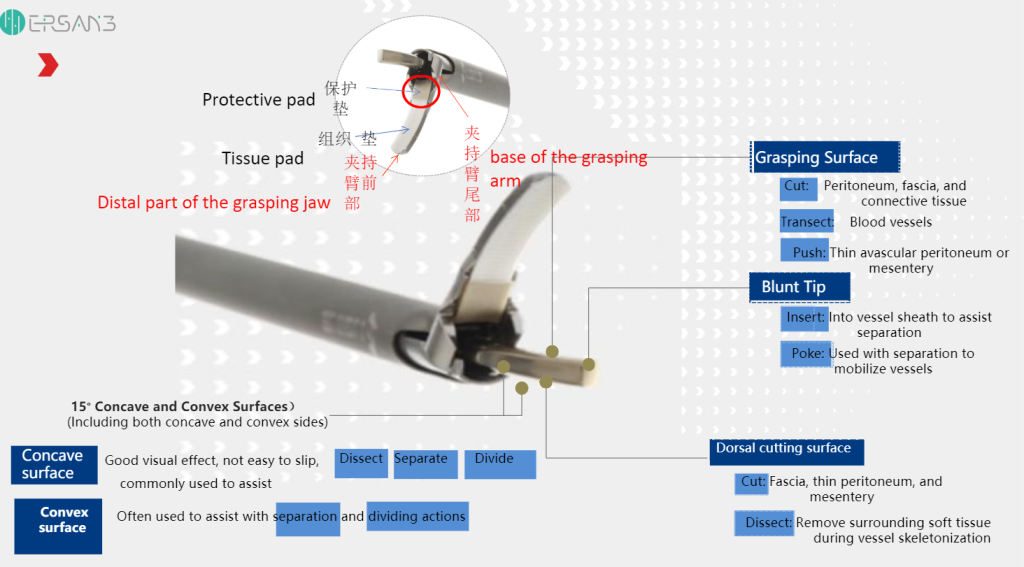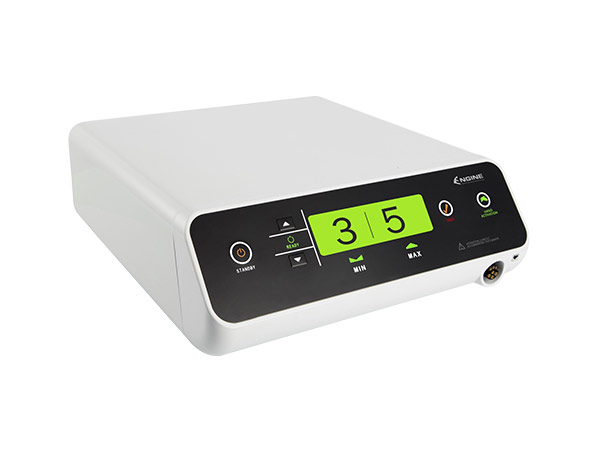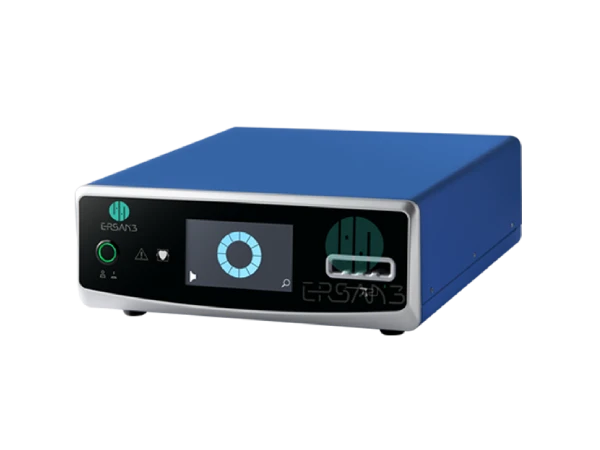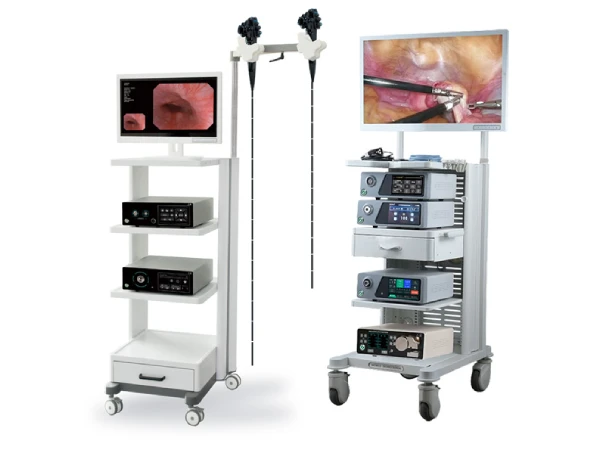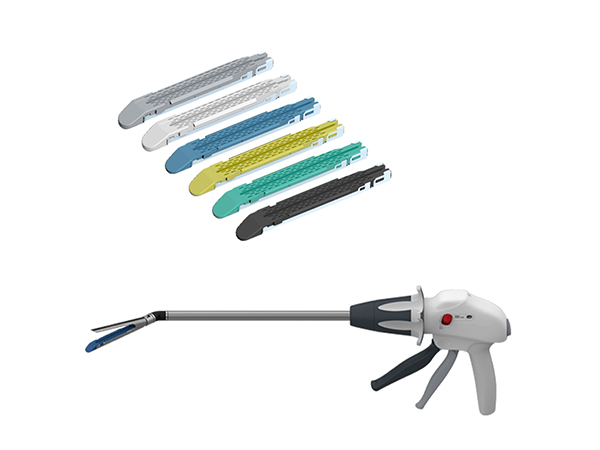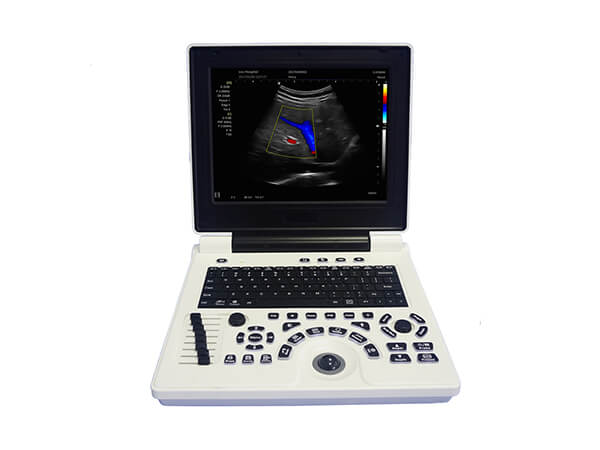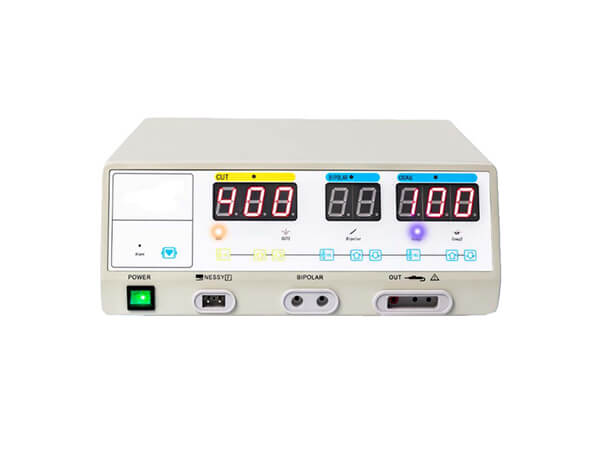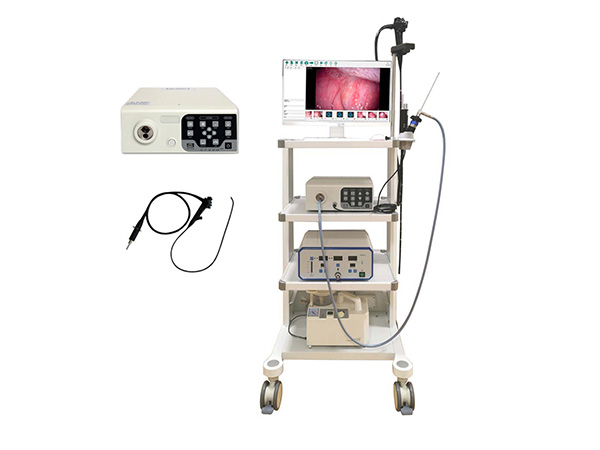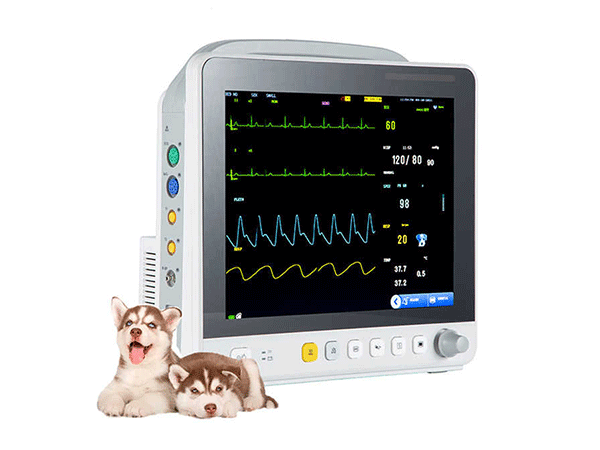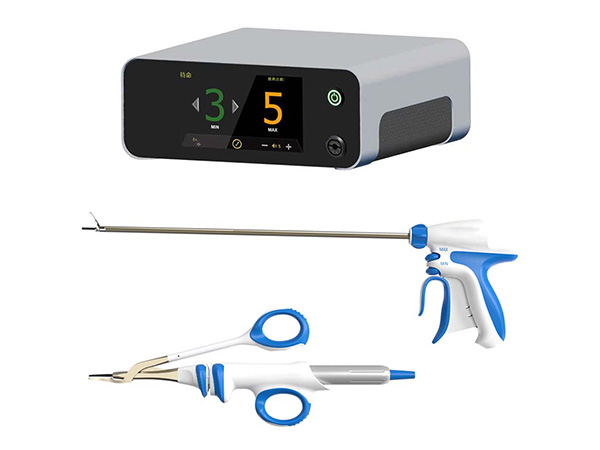Precautions and Techniques for Using Ultrasonic Scalpel in Surgical Procedures
The ultrasonic scalpel has become an indispensable surgical tool in modern medicine, revered for its highly precise and minimally invasive capabilities. By leveraging high-frequency mechanical vibrations to cut, coagulate, and dissect tissues, the ultrasonic scalpel excels in delivering efficient outcomes with minimal thermal damage. Below are critical precautions and techniques for surgeons to optimize its performance and ensure patient safety.
General Principles for Safe Use
Tissue Tension Control: Prior to incision, ensure the targeted tissue is stretched to provide adequate tension. This enhances cutting speed and accuracy. However, when sealing and cutting blood vessels, avoid excessive tension to prevent tearing.
Blade Usage: Always use the first two-thirds of the blade to grip tissues, ensuring the target tissue stays within the white cushion area. Avoid over-gripping, as this can hinder effective tissue cutting and coagulation, potentially causing bleeding.

Avoid Secondary Damage: Keep the working side of the blade away from non-targeted tissues and organs to reduce the risk of unintended thermal injury.
Control Activation Time: Each activation of the ultrasonic scalpel should be limited to 10 seconds or less. Prolonged activation risks excessive heat buildup, leading to tissue necrosis.
Prevent Empty Activation: Avoid activating the blade without tissue in its grip, as this can damage the blade through friction between the working surface and cushion.

Key Techniques for Effective Surgical Applications
Hemostasis: The ultrasonic scalpel can coagulate and cut simultaneously, simplifying surgical workflows. When stopping hemorrhage, ensure the tissue is held securely without tension. For larger vessels, pre-coagulate at both ends before cutting to strengthen hemostasis.
Cutting Techniques: Increase cutting efficiency by applying gentle tension to the tissue during incision. This minimizes heat generation and speeds up the process. Practice controlled, small-amplitude movements for delicate operations, such as vessel dissection or lymph node removal.
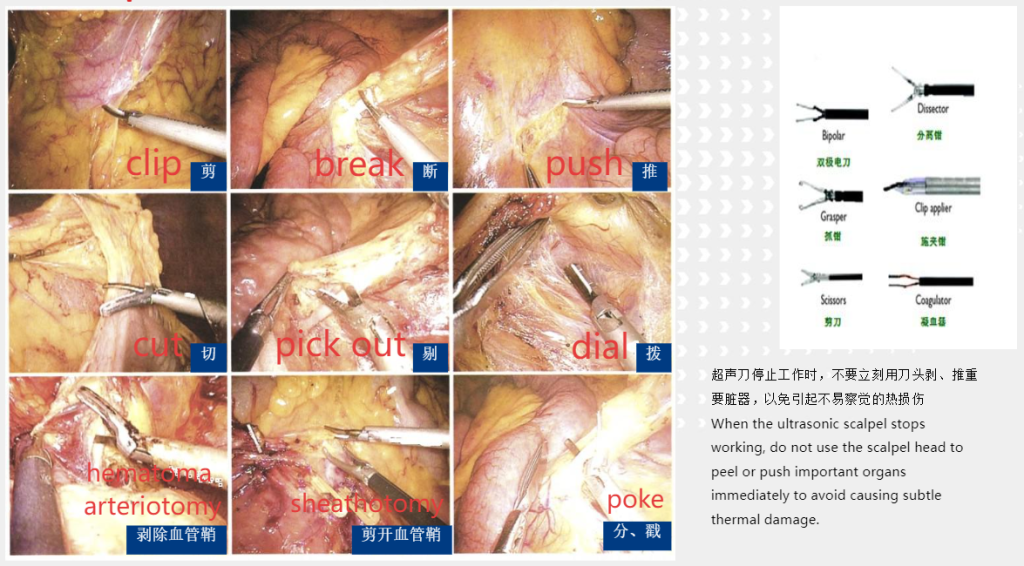
Precision Handling: Focus on using the tip of the blade for fine operations. Avoid aggressive movements and gradually refine your technique through practice on non-critical tissues.
Post-Use Maintenance After use, promptly clean the blade surface with sterile water or wet gauze to remove tissue debris and maintain optimal performance.
The ultrasonic scalpel represents a fusion of innovation and precision in surgical technology. When used thoughtfully and skillfully, it enhances surgical outcomes and reduces patient recovery time. Every surgeon should invest in mastering its techniques to unlock its full potential in the operating room.
